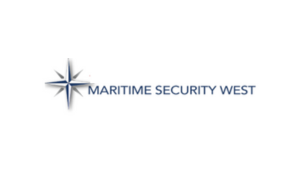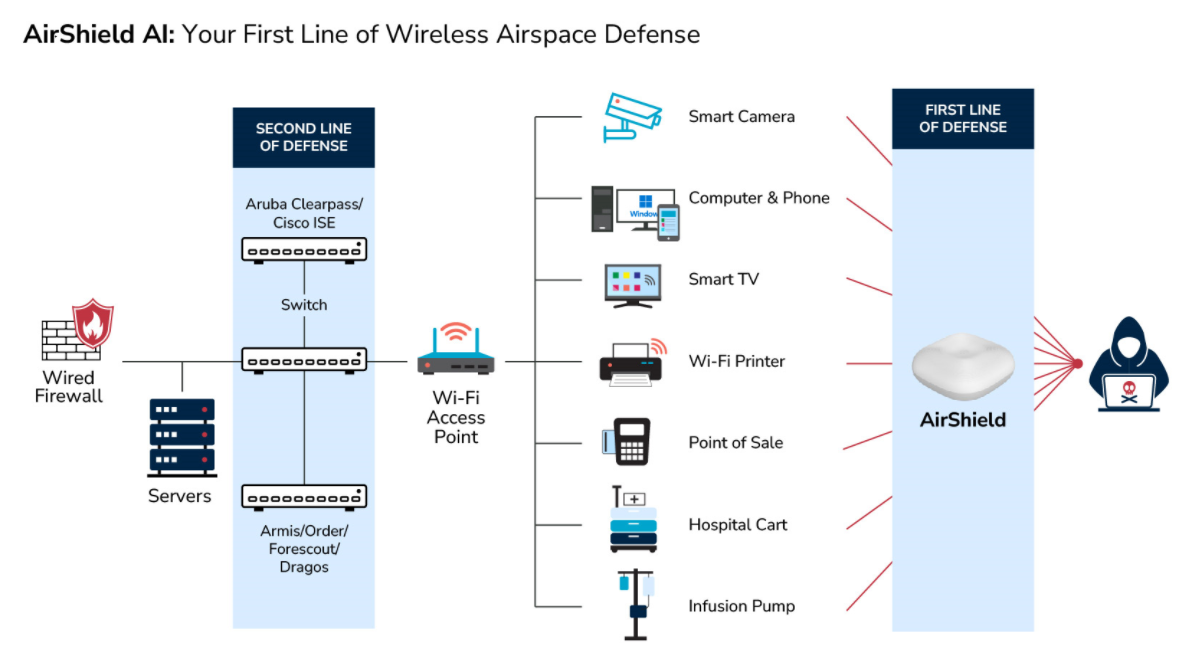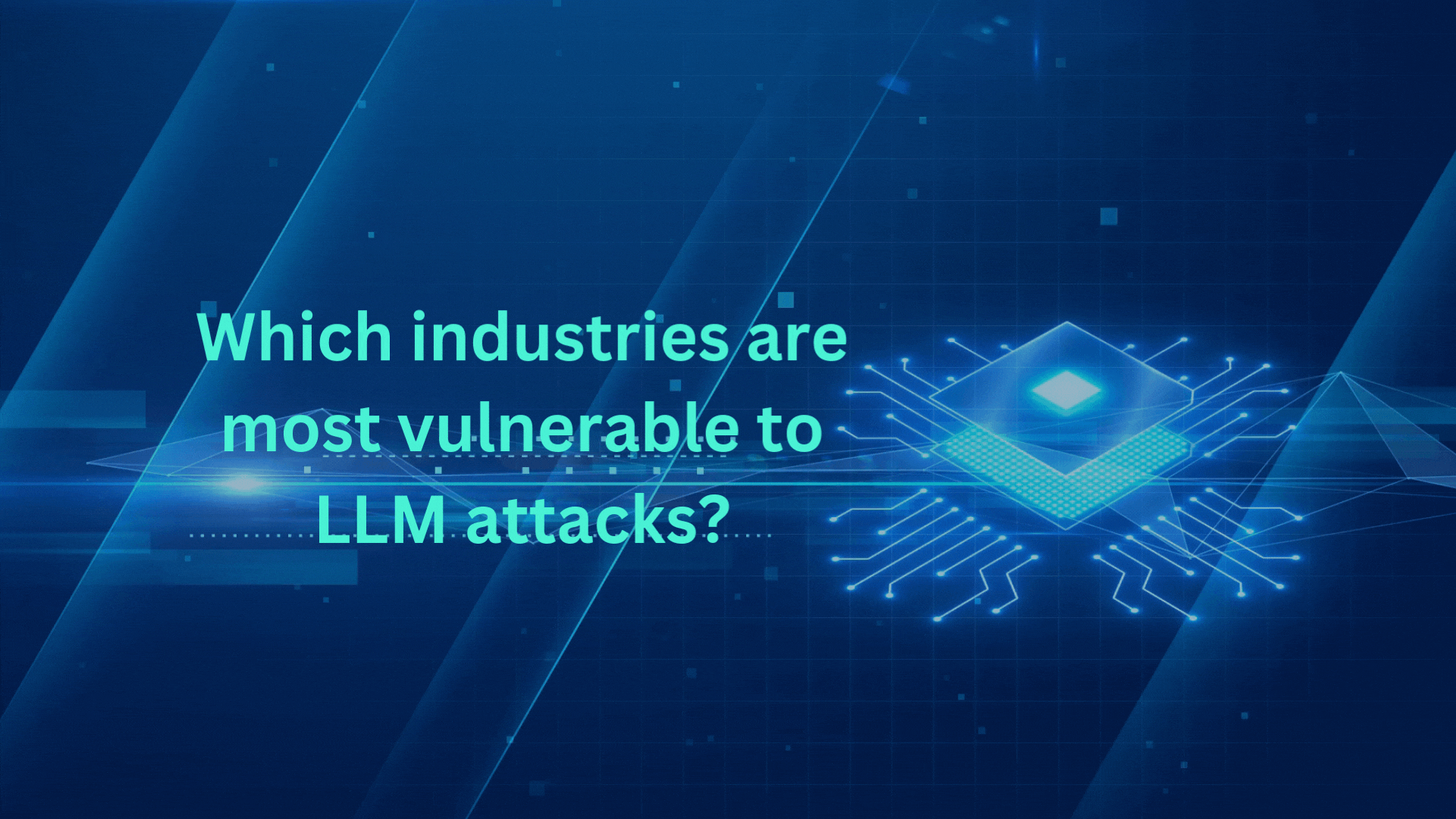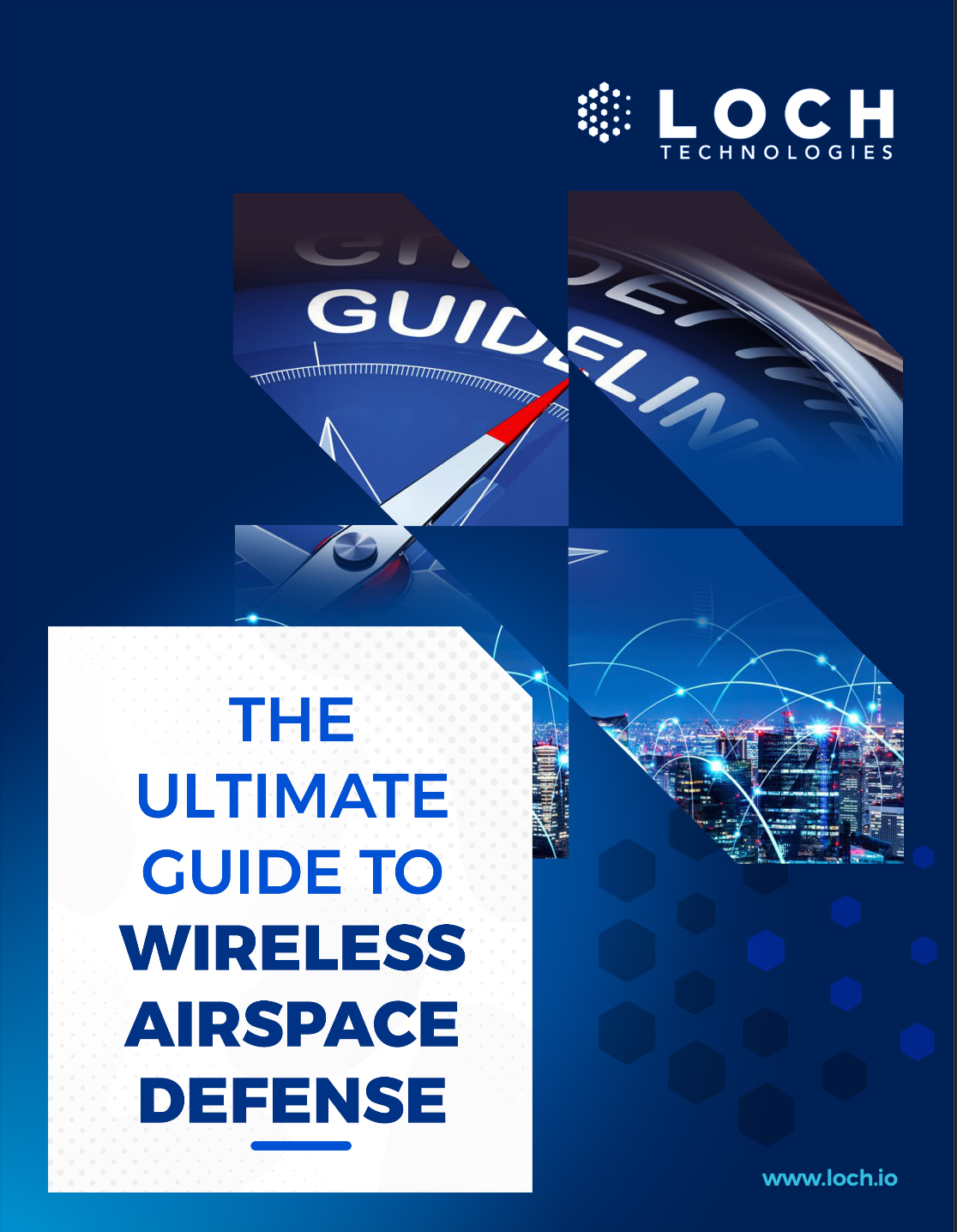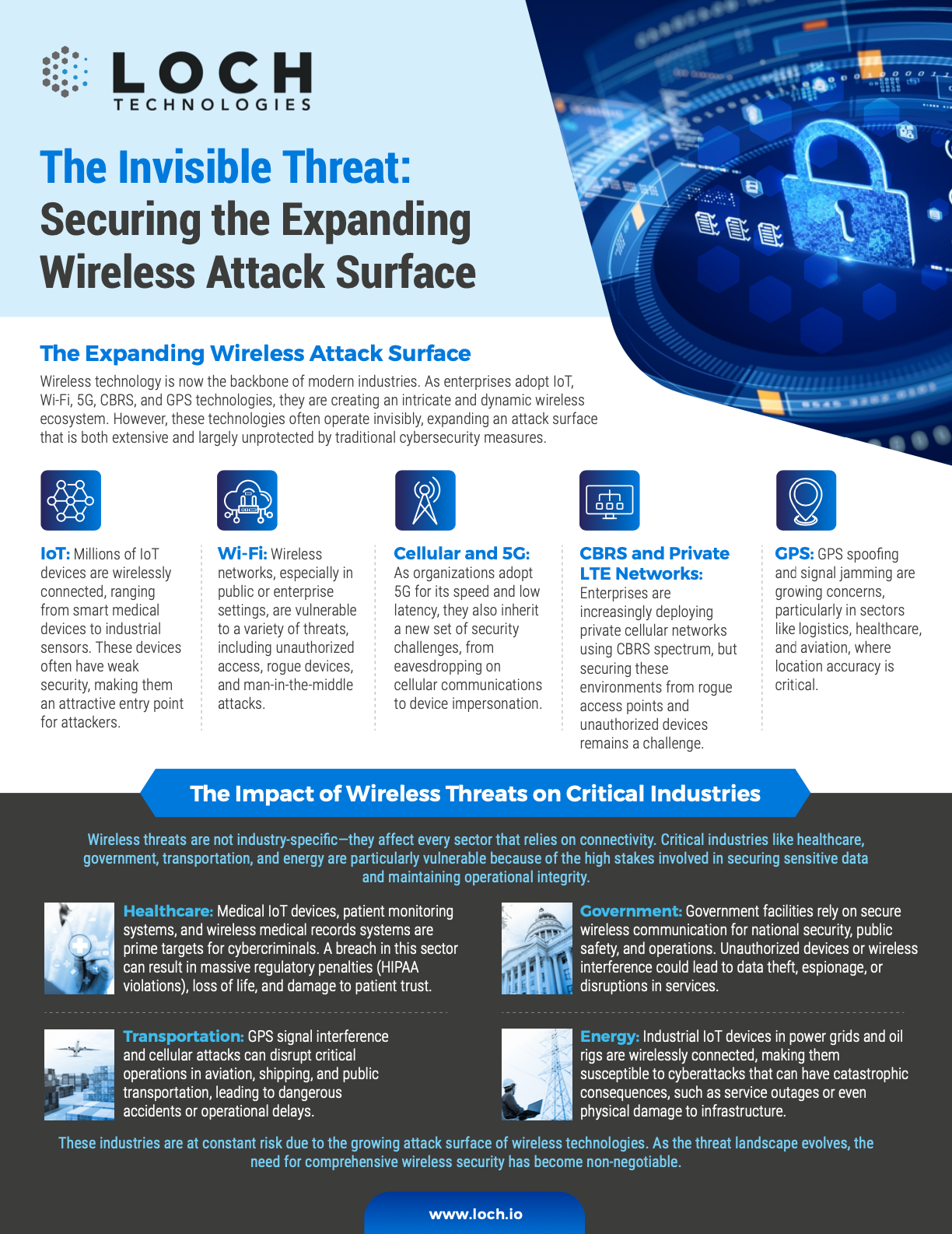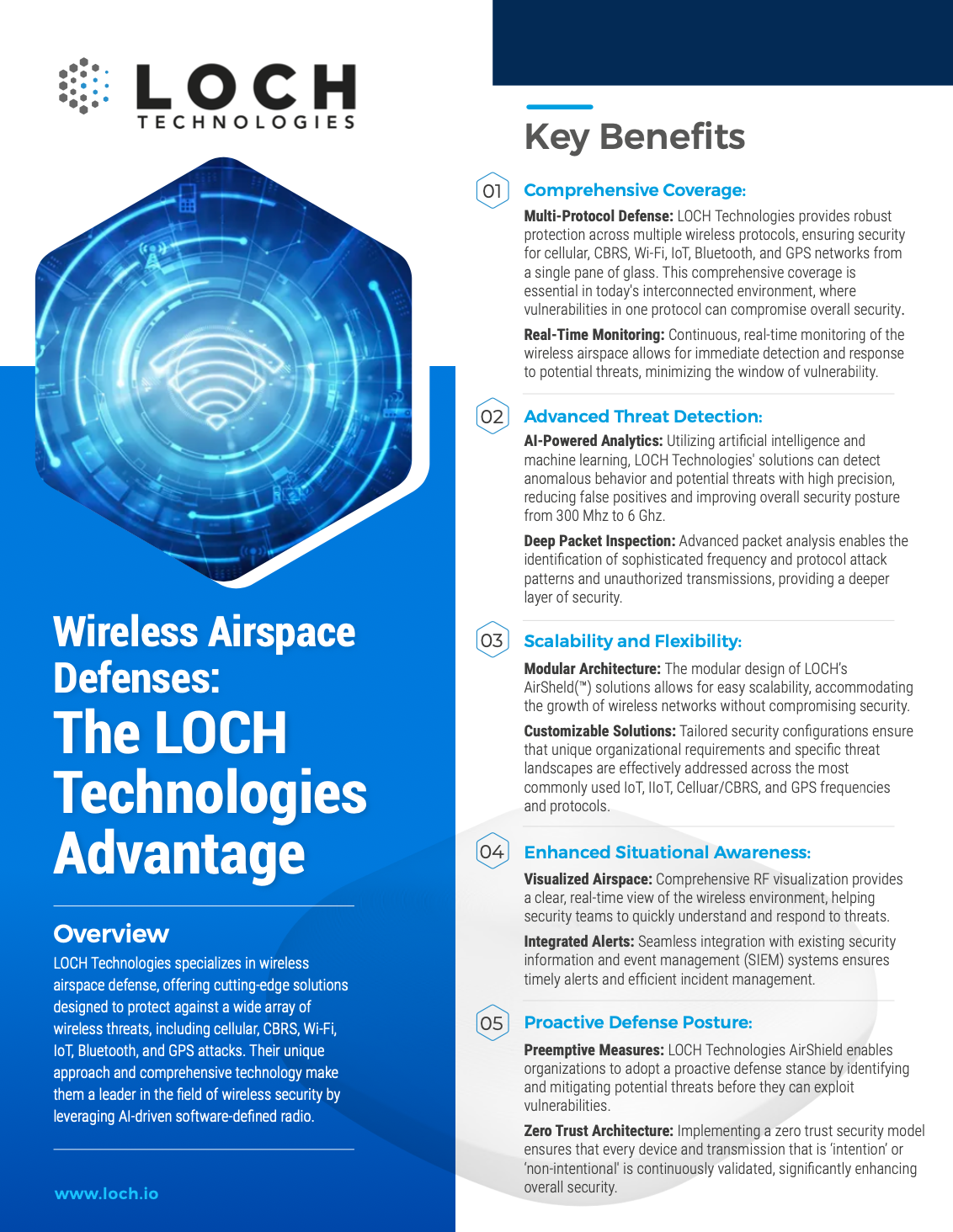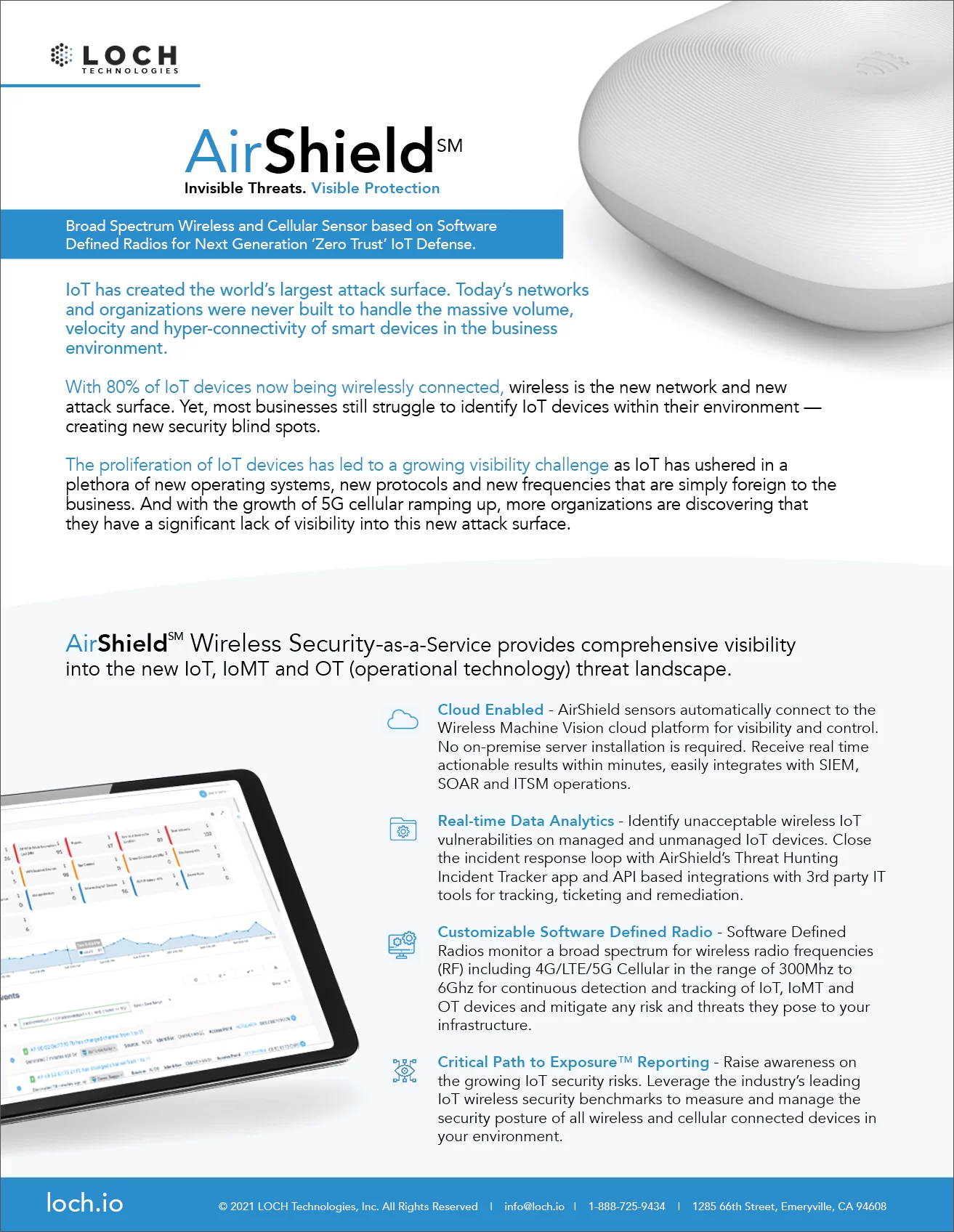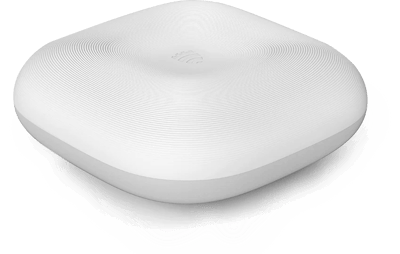
Pharmaceutical companies are increasingly adopting wireless technologies like Wi-Fi, Cellular, IoT, CBRS (Citizens Broadband Radio Service), and GPS to enhance their operational efficiency, improve communication, and support mission-critical services such as production, quality control, supply chain management, and R&D activities. However, the use of these technologies also introduces various wireless risks and threats that can impact business operations.
Wireless Risks and Threats in Pharmaceutical Companies
Interference and Jamming
Wi-Fi and Cellular: Unintentional or deliberate interference or jamming of Wi-Fi and cellular networks can disrupt critical communications between production systems, quality control devices, and remote monitoring setups.
CBRS: As a shared spectrum, CBRS can be vulnerable to interference from other users or intentional jamming, impacting the reliability of communication networks essential for operations.
GPS: GPS jamming or spoofing can affect location-based services used in supply chain management, inventory tracking, and the coordination of logistics.
Unauthorized Access and Intrusions
Wi-Fi Networks: Unauthorized access to Wi-Fi networks could allow attackers to infiltrate internal networks, access sensitive information, or disrupt critical systems.
IoT Devices: IoT devices used for monitoring and automation in pharmaceutical manufacturing and R&D can be susceptible to unauthorized access, potentially leading to data breaches, manipulation of sensitive experiments, or disruption of automated processes.
Cybersecurity Attacks
Man-in-the-Middle (MitM) Attacks: Attackers could intercept communications between devices and systems, leading to data theft, manipulation, or unauthorized control of sensitive equipment.
Malware and Ransomware: Wireless networks can be entry points for malware and ransomware attacks, which could disrupt manufacturing processes, compromise intellectual property, or lead to the loss of critical data.
Insider Threats
Internal Sabotage or Data Exfiltration: Employees or contractors with access to wireless networks may deliberately or inadvertently misuse their access to exfiltrate sensitive data or disrupt operations.
Physical Threats to Wireless Infrastructure
Damage to Infrastructure: Physical damage or sabotage of wireless infrastructure (such as cellular towers, Wi-Fi access points, or IoT gateways) can disrupt critical communication links, impacting production and quality control processes.
Signal Degradation in Complex Environments
Environmental Interference: The pharmaceutical environment can present challenges such as interference from machinery, thick walls, or other physical barriers that degrade wireless signals, affecting the reliability and stability of communications.

Join Us at the Security & Policing Home Office Event – Farnborough, UK, March 11th - 13th, 2025
Read More
Creating the Next Frontier in Wireless Technology: The Critical Need for Wireless Airspace Defense
Read More
The Silent Threat of Rogue Wi-Fi Networks on Navy Ships – How LOCH's AirShield Could Have Prevented a Security Breach
Read MorePotential Impacts on Business Operations
Operational Downtime
Disruption of Critical Systems: Disruptions in wireless communications can cause operational downtime, particularly in automated production lines, quality control systems, and R&D labs, leading to halted production or delayed experiments.
Data Integrity Risks
Compromised Data: Unauthorized access or cyberattacks can lead to the manipulation of critical data, impacting the integrity of production processes, quality control results, and research findings.
Financial Losses
Cost of Downtime and Recovery: Operational downtime, data breaches, and regulatory penalties can lead to significant financial losses, including lost revenue, increased operational costs, and damage control expenses.
Reputation Damage
Loss of Trust: Security incidents, particularly those affecting the integrity of pharmaceutical products or research data, can damage the reputation of the company, affecting stakeholder trust, customer confidence, and future business opportunities.
Regulatory Non-Compliance
Breach of Compliance Standards: Data breaches or disruptions that affect the integrity of production processes or quality control can result in non-compliance with regulatory standards (such as FDA or EMA), potentially leading to fines, recalls, or halted operations.
How LOCH Wireless Airspace Defense Can Mitigate Risks
Continuous Wireless Monitoring
Real-Time Detection of Threats: LOCH’s solution offers continuous monitoring of the wireless airspace, detecting unauthorized devices, rogue access points, and interference. This real-time detection capability helps identify threats before they can impact operations, ensuring that critical processes remain secure and uninterrupted.
Advanced Threat Assessment and Prioritization
Automated Threat Analysis and Prioritization: The system categorizes detected threats based on their potential impact on operations, allowing for a focused response to the most critical threats. This capability minimizes the risk of disruptions to essential services and ensures quick remediation.
Automated Alerts and Response Mechanisms
Immediate Response to Threats: Automated alerts and predefined response actions, such as isolating compromised devices, blocking unauthorized access, or adjusting network configurations, help maintain the security and integrity of critical systems.
Integration with Existing Security Systems
Adaptive Defense Mechanisms
Dynamic Security Adjustments: The solution uses adaptive algorithms to adjust security measures based on detected threats and changing environmental conditions, ensuring continuous protection in dynamic pharmaceutical environments.
Compliance Support and Reporting
Regulatory Compliance and Auditing: LOCH’s Wireless Airspace Defense supports regulatory compliance by providing detailed logs and reports of wireless activities and security incidents, facilitating audits, and ensuring adherence to regulatory standards.
- - Detect, identify and classify all broad spectrum RF emitting devices in range
- - Device and network pairing communication map analysis and correlation
- - Risk assessment threat ranking for Zero Trust network access control
- - Mobile App for hunting rogues even if mobile
- - Wireless deep packet inspection
- - Behavioral baselining, analysis and anomaly detection/alerts
- - DVR-like capabilities for forensics, including geo-positioning
- - Carrier integration with cell. devices for anomaly detection, fraud/theft and cost management
- - List and map devices on dashboard or into SIEMs.
- - Interact with MDM and EMM assets for correlation and feedback on exceptions
- - Rectify network segmentation via interactions with SOAR, FW and/or NAC systems
- - Automate response and closure via collaboration with ITSM/ITSL and CMDBs




